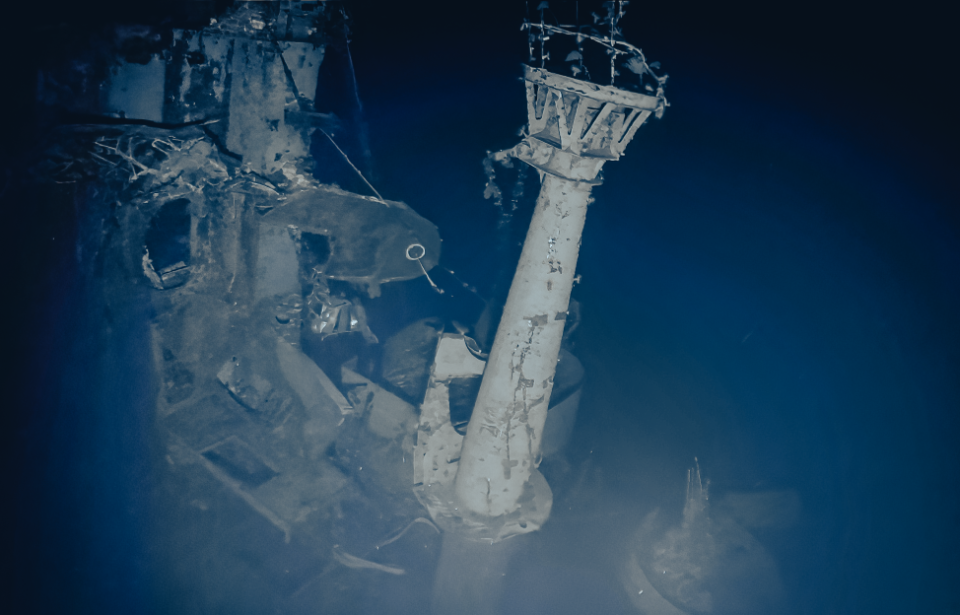The Battle of Midway in June 1942 was a turning point of the War in the Pacific. While the United States lost a handful of vessels and over 100 aircraft, the Japanese suffered the loss of four aircraft carriers and over 3,000 sailors, greatly hurting their strength. Between September 8-12, 2023, the Ocean Exploration Trust led an assessment of three shipwrecks related to Midway, producing new and haunting images of these former mighty aircraft carriers.
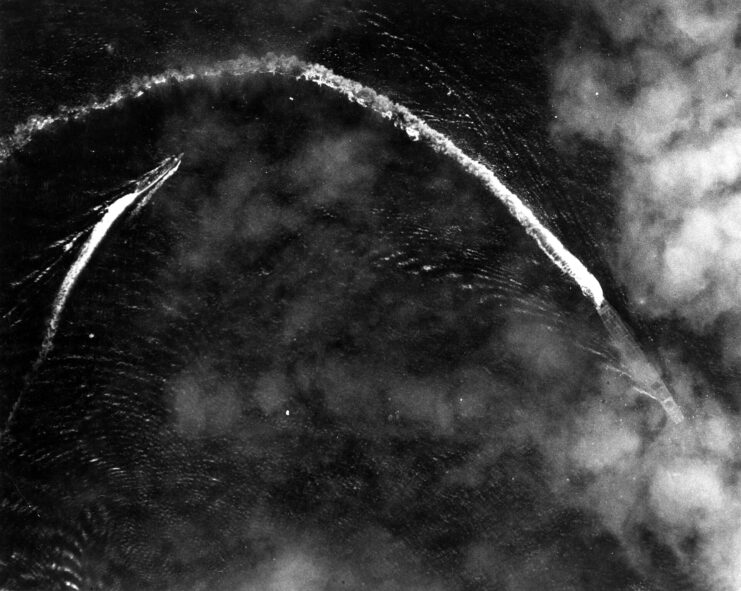
The surveys occurred within the Papahānaumokuākea Marine National Monument in the Pacific, the largest protected region in the US, and were centered around three shipwrecks related to the Battle of Midway: Akagi, the USS Yorktown (CV-5) and Kaga. They involved a team of experts and archaeologists from Japan, America and across the world, with the underwater explorations involving the Exploration Vessel (E/V) Nautilus.
Speaking with USNI News, James Delgado, senior vice president for SEARCH Inc., who was involved in planning the expedition, said that many of those who participated had previously been involved in early examinations of the wrecks. He also shared details about the data that was collected during the surveys.
He explained, “The surveys were as comprehensive as we could make them; detailed, slow methodical documentation of each hull, at the mudline and at high elevations, over the flight decks, and detailed assessment where we could get in closer; we assessed battle damage, evidence of other actions (such as the crew’s fight to save USS Yorktown) as well as what happened with the sinking of each carrier.
“We also assessed where we could, especially with Kaga, large pieces of debris that came off the hull as the carrier fell through the water and impacted on the seabed,” he continued. “The 16-19 hours watches we did, without sleep, mean that going back to the videos will likely reveal additional details.”
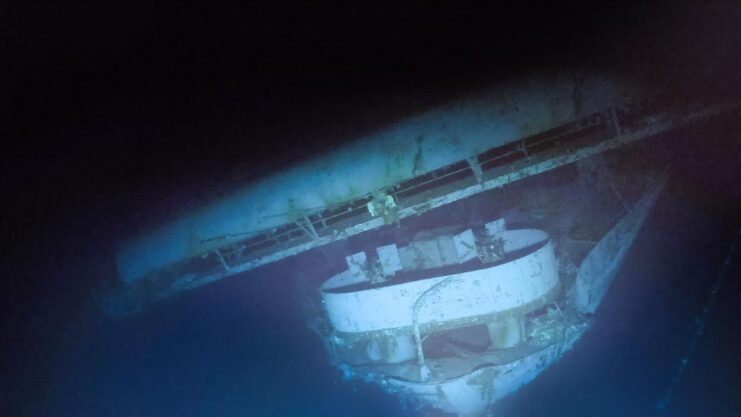
The Battle of Midway, which occurred between June 4-7, 1942, was fought between the US and Japan, with both sides bringing their most prominent aircraft carriers to the fight.
Akagi, one of the vessels serving under the Imperial Japanese Navy (IJN), was initially laid down as a battlecruiser, before being converted into an aircraft carrier. She most notably participated in the Japanese attack on Pearl Harbor, with her other notable engagements including Operation R, the Dutch East Indies Campaign and the Battle of Midway.
During the latter, Akagi was attacked by American dive bombers launched from the USS Enterprise (CV-6). While efforts were made to save her from sinking beneath the ocean’s surface, it soom became apparent that there was no hope. Kaga, which was also present at the battle, met the same fate, and both aircraft carriers were scuttled.
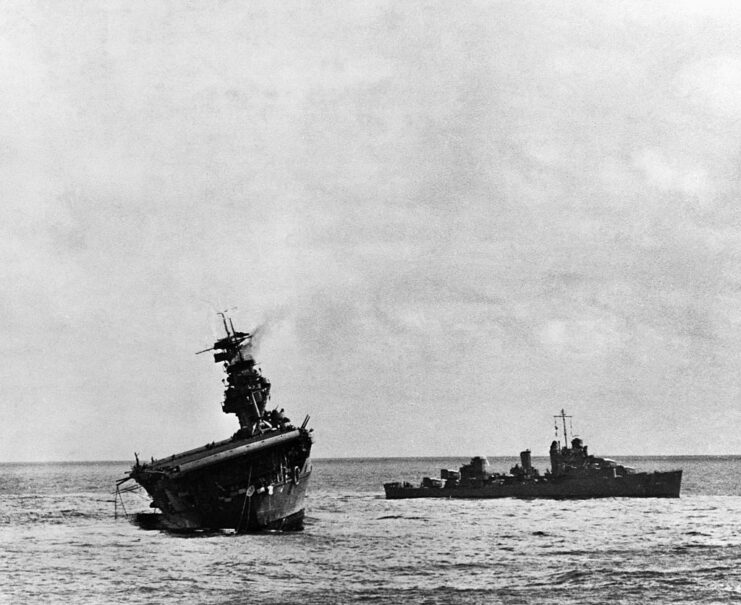
Of the aircraft carriers brought into the battle by the Americans, Yorktown was the only one lost. She’d entered the action in the Pacific Theater immediately following the events at Pearl Harbor, with her aircraft achieving success against the enemy, sinking several Japanese warships at Tulagi and New Guinea, as well as during the Battle of the Coral Sea.
Yorktown suffered severe damage on June 4, 1942 after being attacked by Japanese aircraft. While the initial plan was to recover and repair the aircraft carrier, the Japanese had other plans. The IJN submarine I-168 fired several torpedoes while the ship was being towed, two of which struck her.
When it was determined that any and all salvage efforts were fruitless, the decision was made to let Yorktown sink into the depths of the Pacific Ocean.
The team aboard Nautilus spent 43 hours surveying and mapping the three Midway shipwrecks. Of that time, 14 hours were spent surveying Akagi, which hadn’t been seen since her loss in June 1942. Among the data gathered was the type of damage caused by the Battle of Midway itself and the aircraft carrier striking the seafloor.
Both Yorktown and Kaga had been investigated previously – the latter in 1998 and the former in 2019. The survey of Kaga was the first one ever done at such a depth, while the examination of Yorktown was the first time anyone had been able to view the wreck in real time. In 1998, the available technology meant it could only be photographed.
Speaking about the expedition in a blog shared to the Ocean Exploration Trust website, Daniel Wagner, the organization’s chief scientist, said, “This expedition is not only rewriting history and our understanding of these special places, but also pushing the limits of what we thought was possible in terms of interdisciplinary collaboration.
“During over 43 hours at depth, we methodically circumnavigated these historic wrecks, bringing to light many features in great detail, including their armament, battle, and sinking-related damage,” he continued. “Many anti-aircraft guns were still pointing up, providing clues about the final moments on these iconic ships.”
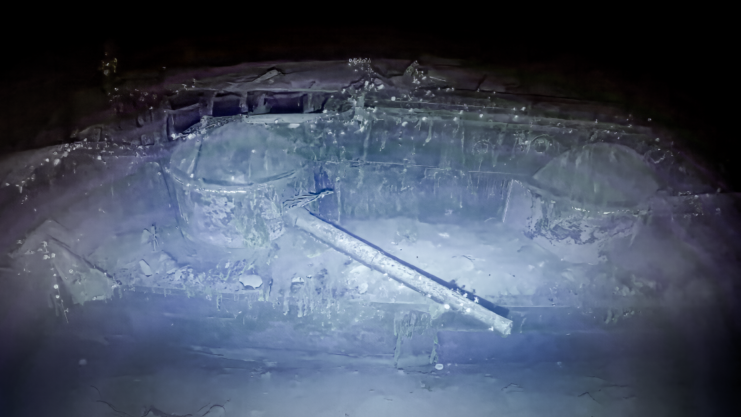
More from us: Piece of Wood Discovered At Garage Sale Is Piece of Sunken USS Maine (1889)
The latest surveys of the Battle of Midway shipwrecks were conducted as part of the 27-day E/V Natilus Ala ‘Aumoana Kai Uli expedition, which was conducted with the aim of collecting data to improve and support the management of the northwestern region of the Papahānaumokuākea Marine National Monument.
